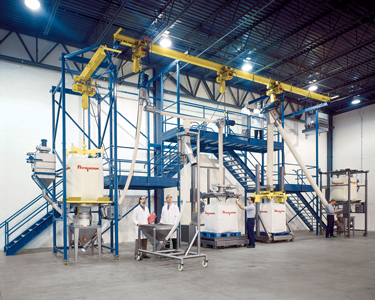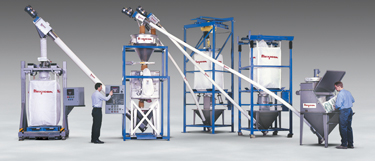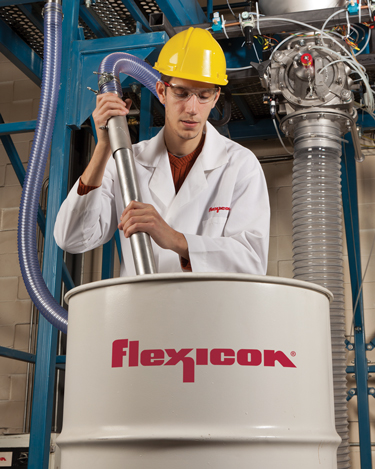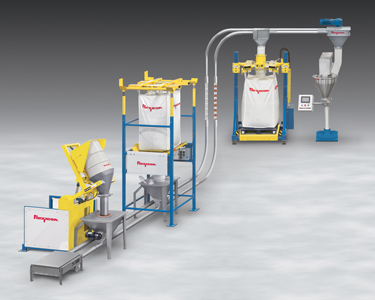

Process & Product Variables |
Flexible Screw Conveyor |
Dilute Phase Pneumatic Conveyor |
Tubular Cable Conveyors |
|
|---|---|---|---|---|
Positive Pressure |
Vacuum |
|||
Material Characteristics |
||||
| Ultra-fine particles | X |
|||
| Fragile or friable | X |
X |
||
| Moist, packing, caking | X |
|||
| High fat or oil content | X |
|||
| Blended materials | X |
X |
||
| Heat sensitive | X |
X |
||
| High temperature | X |
X |
||
| Contamination sensitive | X |
X |
X |
X |
| Hazardous | X |
X |
X |
|
Material Source & Destination |
||||
| Multiple sources | X |
X |
X |
|
| Multiple material destinations | X |
X |
X |
X |
| Convey directly from bags or barrels | X |
|||
| Process equipment source or destination | X |
X |
X |
X |
| Very-high-temperature destination | X |
|||
Conveying Parameters |
||||
| Lower volumes | X |
X |
X |
X |
| High volumes | X |
X |
X |
|
| Shorter distances | X |
X |
X |
|
| Long distances | X |
X |
X |
|
| Mobile units | X |
X |
||
| Same equipment for diverse products | X |
X |
||
| Ease of cleaning | X |
X |
||
Plant Conditions |
||||
| Flexibility of conveyor routing | X |
X |
||
| Indirect routing required | X |
X |
X |
|
| Conveying at an angle | X |
X |
||
| Right-angle turns required | X |
X |
X |
|
Economics |
||||
| Lowest initial cost | X |
|||
| Lowest energy consumption | X |
X |
||
| Lowest operating costs | X |
|||
| Large capacities, long distances | X |
X |
X |
|
 Click to enlarge
Click to enlarge Click to enlarge
Click to enlarge Click to enlarge
Click to enlarge Click to enlarge
Click to enlarge Click to enlarge
Click to enlarge